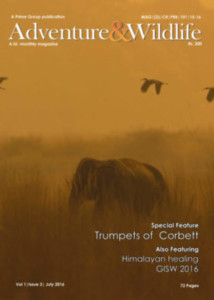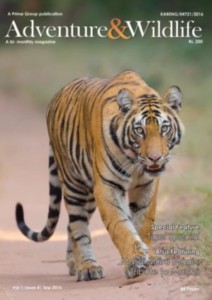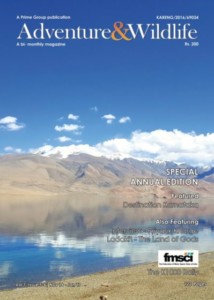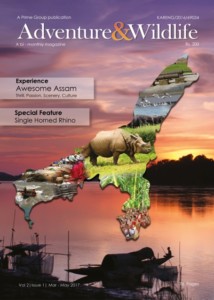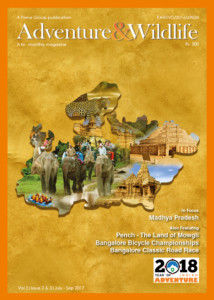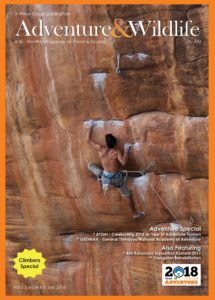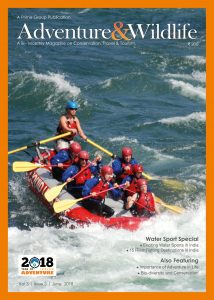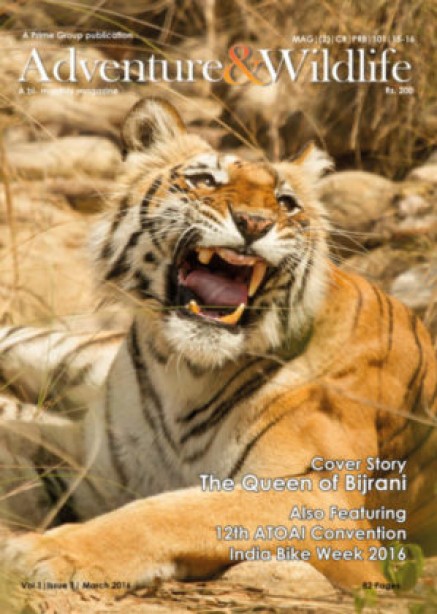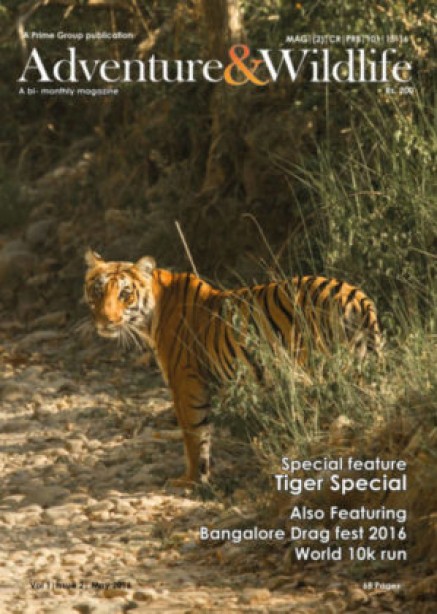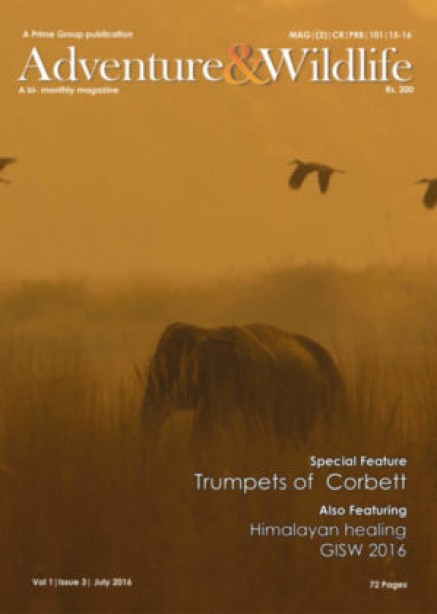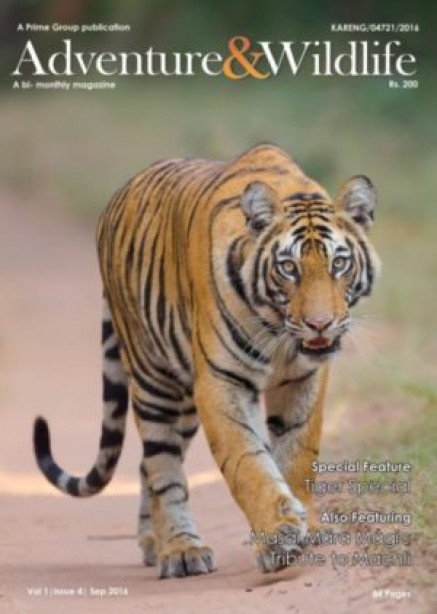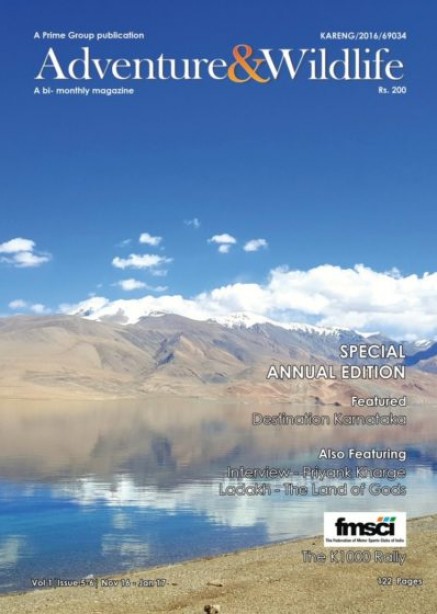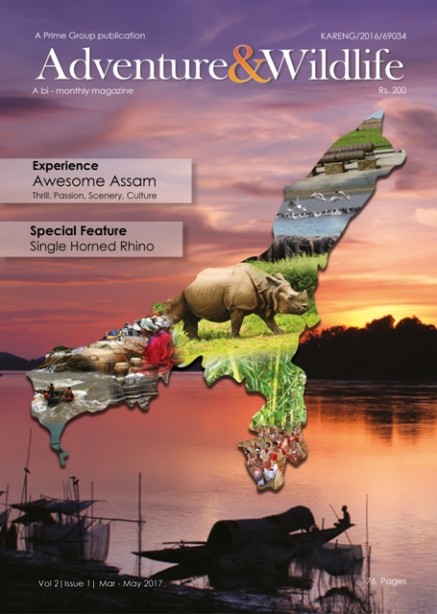
As more birds fly in, the hope is more tourists arrive too
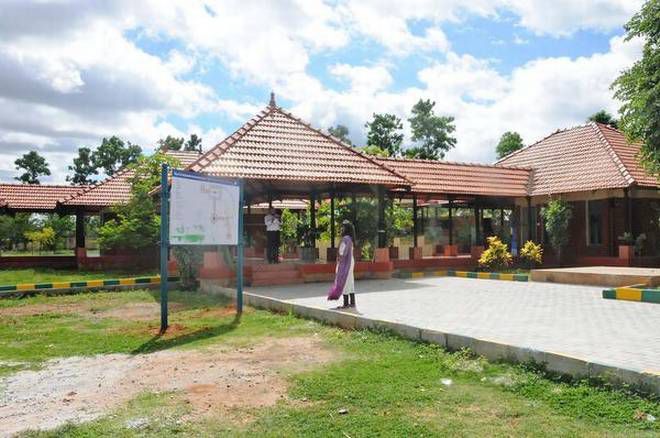
With the rain of the past fortnight turning the landscape green and leaving small ponds brimming with water, 700 people residing in a little hamlet are preparing for the flight of their winged companions.
A few hundred painted storks (Kokkare in Kannada) reside here, and consequently, draw tourists to Kokkarebelluru in Mandya district, barely 90 km from the city. With the large birds continuing to throng to the village during their annual migration, the district administration hopes the pattern attracts more tourists and leads to better job opportunities for locals.
On Friday, the community reserve got a revamped Interpretation Centre, developed by the World Wildlife Fund (WWF) and HSBC. At the centre, visitors can view and learn about the reserve’s two guests: the spot-billed pelican and the painted storks, both classified as ‘Near Threatened (NT)’ by the International Union of Conservation of Nature (IUCN).

Despite drought looming large over the State, more of these birds seem to have thronged the reserve that is spread across 3.12 sq. km. WWF found 121 pelican nests during a study here this February. At the same time last year, only 50 nests were found. Apart from this, 504 nesting sites of painted storks were found. “There is more potential. For instance, there is a banyan tree that can hold up to 150 nests. However, only 50 nests were made on it,” said Lohit Y.T. from WWF.
WWF will also be training villagers to become wildlife guides.
For the Tourism Department, the presence of the birds implies an opportunity to draw more tourists, especially, since the connectivity between the village and Bengaluru-Mysuru Road has improved. “We plan to invest ₹1 crore to provide tourist facilities to make the reserve on a par with Bharatpur Bird Sanctuary in Rajasthan, ” M.H. Harish, Deputy Director, Tourism, Mandya, said.
Other threats
The area is threatened by a growing human population. The loss of large trees here too has had an effect. In the neighbouring village of Bannahalli, the loss of a banyan tree resulted in birds completely avoiding the area. There is fear among conservationists that the increase in the built-up area is seeing a loss of wetlands that are crucial for these birds.
Moreover, the Shimsha, that flows a few meters from the village, sees illegal sand extraction, a villager said. “The sound and activity there drives away the birds,” he added.
Symbiotic relationship
The annual visits of the birds between November and June have seen the winged creatures become a part of the village’s identity. “Our identity is because of these birds. Even our village is named Kokkarebelluru,” says B. Ninge Gowda from ‘Hejjarle Balaga’ – an informal group of locals who look after the birds.
During Diwali, the village does not burst crackers, so that the birds are not scared away. For the past year, the villagers have also been using borewells to fill up small ponds. Electric wires have been insulated into aerial bunching to prevent cases of electrocution of birds.
“A story our forefathers told us was that when Kokkarebelluru was hit by plague in 1916, the villagers moved out. Surprisingly, even the birds followed them,” says Mr. Gowda.
With hundreds of birds roosting in the hamlet, their droppings (guano) have become crucial for the local economy. Guano is mixed with manure to grow ragi, paddy, sugarcane, mulberry and coconut. “We get around 100kg of guano annually which is very good for the crops,” says Nagesh S., a farmer.
Source: http://www.thehindu.com/news/cities/bangalore/as-more-birds-fly-in-the-hope-is-more-tourists-arrive-too/article18710059.ece


